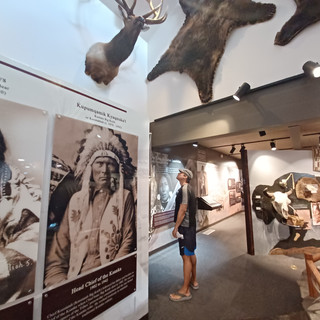National Bison Range, Charlo, Montana
- Jacqui Sullivan

- Jul 6, 2022
- 2 min read
Mike and I were visiting a friend in Missoula and on our way to Glacier National Park, when there was an avalanche that blocked Going- To- The- Sun Road. We decided, since we've been there before and the park was closed in areas, that we would explore more of Montana. We discovered The National Bison Range.
The Bison Range is a nature reserve on the Flathead Indian Reservation in western Montana established for the conservation of American bison. In 1909, the National Bison Range was established through cooperation between the American Bison Society and President Theodore Roosevelt to support efforts to preserve the species. The establishment of the refuge marked the first time that tax dollars were allocated to buy land specifically with the intent to conserve wildlife.
The size of the bison herd began at 40 aand are now between 350 and 500. There are roads that allow vehicular access to prime viewing areas and it takes approximately two hours to drive the Bison Range. Other large wildlife found on the Bison Range include elk, white-tail and mule deer, pronghorn, bighorn sheep and black bear.
Once partially buried beneath prehistoric Glacial Lake Missoula, the region was formed by historic glacial activity and is characterized by moderate to high mountains and broad intermountain valleys. Elevations in the Range vary from 2,585 feet to over 4,800 feet at High Point. Three major geographic features merge in the National Bison Range: The Mission Valley, Mission Mountain Range, and Jocko River Valley.
The management was transferred back to the Confederated Salish and Kootenai Tribes in 2022 from the U.S. Fish and Wildlife Service after more than a century of federal management and nearly two decades of negotiations.





























Comentarios